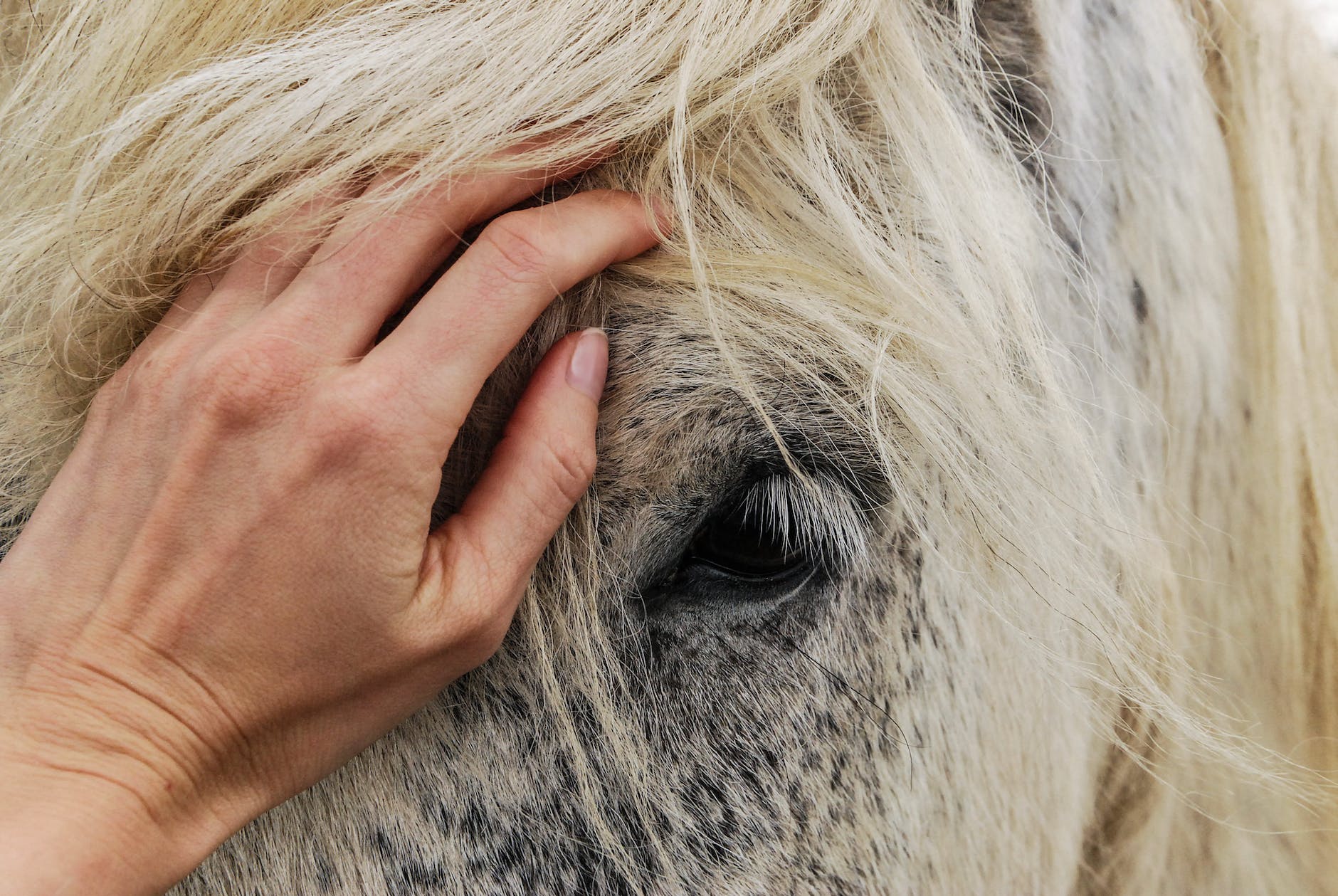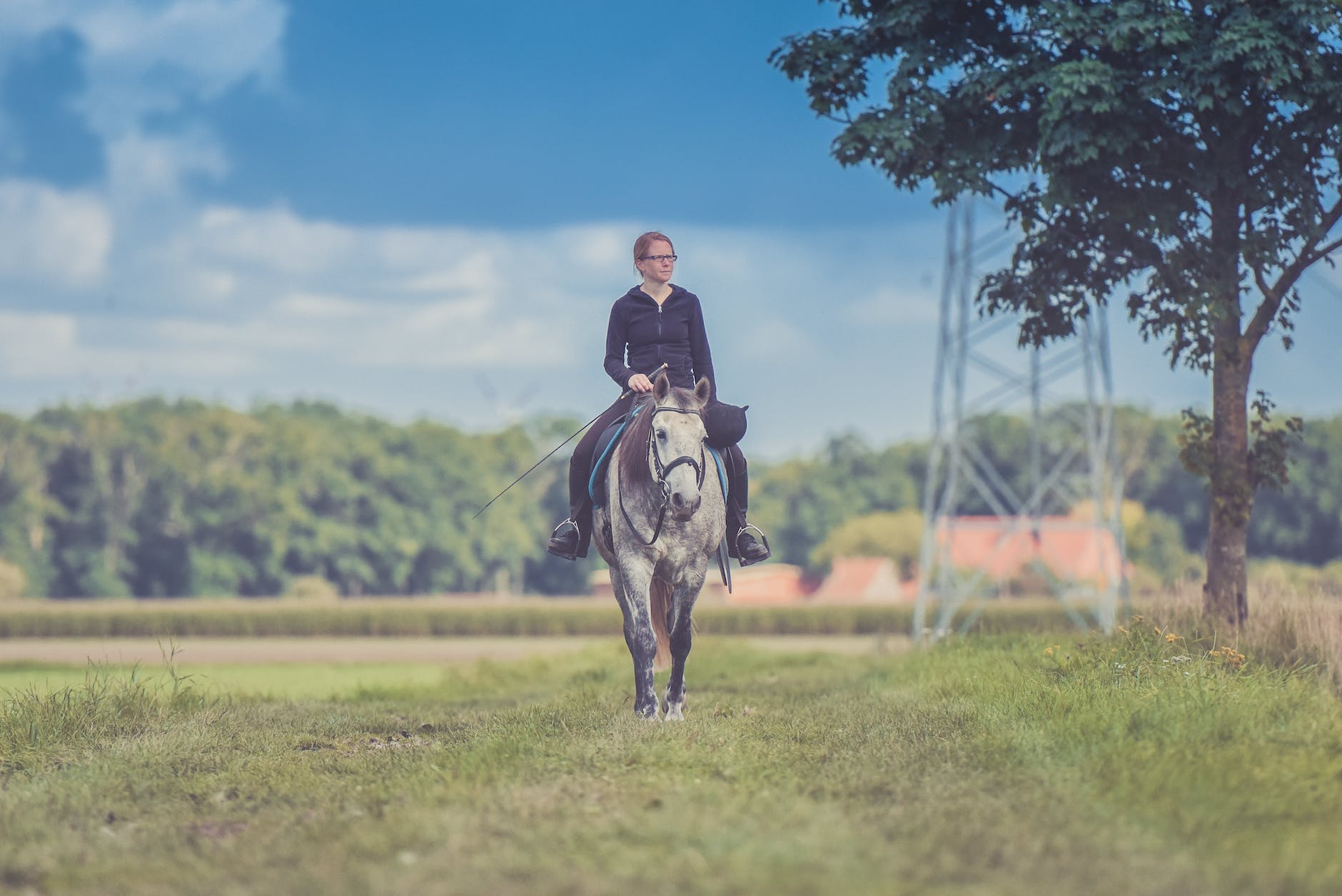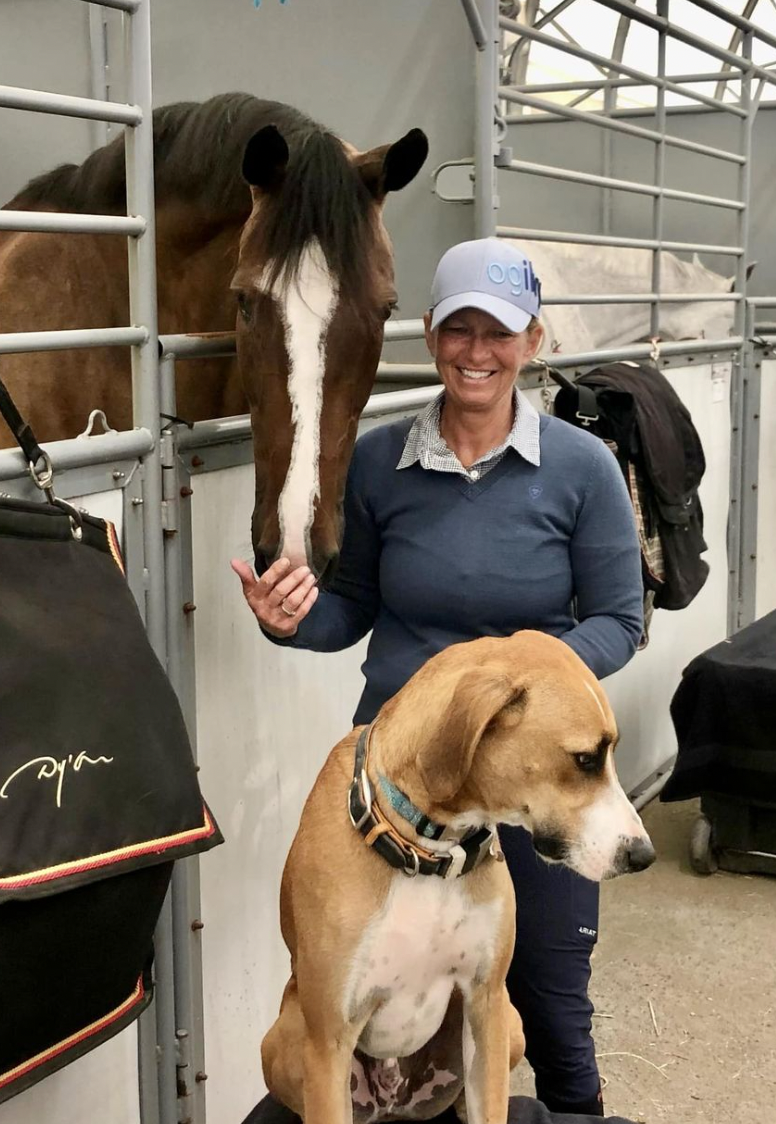
By Real Riders
No, they weren’t plotting against you in the paddock.
You ever felt like your horse wanted to buck you off on purpose? Or maybe he is being hard leg yield (moving laterally) on purpose?
To keep things short, that is not the case. Horses function in the now, which is also why the greatest horsemen are always present in the now with their horse. However, horses do have memory and do act out (or not) for a reason.
Take leg yielding as an example, let’s say you ask and your horse simply does not respond. If you have never leg yielded your horse before, perhaps your horse simply does not understand what you are asking. In this case, you may need to start with a more simple excercise such as a turn on the forehand or even getting down and working from the ground.
The opposite could also occur, where your horse reacts to you in a way that you were not expecting. Maybe he gives out a buck or kicks out. This could be play or stubborness, but we also need to consider another factor: pain.
Horses are not quick to show pain as in the wild, it did not benefit them. That’s why we need to observe and read every sign as carefully as we can. If you suspect your horse is in pain, it is best to contact a vet and have your horse evaluated based on symptoms.
Although your horse may not be plotting against you, he/she does have a good memory. It is called quasi photographic memory. This means they can associate negative or positive experiences with certain places. Even just seeing a traumatic event in a certain place can be terrifying for them!
Horses can also remeber faces and expressions. So when you meet a horse, make sure you are on your best behavior! In addition, horses can understand human emotions quite well (hence why if your nervous, they will probably feel nervous too). Horses can also have understanding of words and tonality, in large thanks to memory and experiences. For example, they can remeber the word ‘gallop’ in association with the crack of the whip and learn to react accordingly. In terms of other horses, horses must remeber other equines to differentiate between herd members.
Hopefully this helped you understand your horse a little better! Happy riding!










